Q&A: What does the future hold for PFAS in North America?
Read Time: 4 minutes
With growing evidence that continued exposure above specific levels to certain PFAS may lead to adverse health effects, experts across Canada and the US are working hard to answer critical questions about PFAS. Here are answers to some of your questions about the future of PFAS in North America:
What are PFAS and where did they come from?
Per- and polyfluoroalkyl substances (PFAS) are part of a family of man-made chemicals (i.e. synthetic chemicals) with over 4,700+ derivatives found in applications such as:
firefighting foams
etching agents
surfactants
water-repelling textiles
Created in the 1930s and '40s, PFAS were found to exhibit great physicochemical properties that allowed for a significant reduction in the surface tension of water. Combined with the stability provided by the carbon-fluorine bond, these substances deliver durable performance even in extreme conditions. However, the same properties make these substances hazardous as they are both persistent and accumulative in the environment.
Are PFAS still being produced in North America?
The manufacturing of many PFAS substances, such as perfluorooctane sulfonate (PFOS) and perfluorooctanoic acid (PFOA) have been banned in Canada and the US. However, Canada still permits the import of several PFAS within products and manufactured items. While the US has traditionally allowed for the import of products and manufactured items containing PFAS, the EPA has steadily been reducing the applicable exemptions to the PFOS and PFOA bans (more details available at 40 CFR 721.9582 and 40 CFR 721.10536).
As a result, most products containing PFAS are no longer eligible to be imported without prior notification and approval from the US Environmental Protection Agency (EPA).
How can PFAS affect people’s health?
It is becoming increasingly clear that PFAS can have negative impacts on both human health and the environment. Peer-reviewed scientific studies suggest PFAS substances are related to decreased fertility, heart disease, birth and developmental defects, carcinogenicity, a weakened immune system, hormone fluctuations, and increased risk of obesity. Considering the numerous substances that fall under the PFAS category, these effects vary depending on the specific substance.
Are there PFAS levels that are safe for human health and the environment?
The US EPA suggests exposure to PFOS and PFOA in drinking water should be limited to 70 parts per trillion (ppt). Some US States such as New Jersey go beyond this, recommending much lower values (13 ppt for PFOS and 14 ppt for PFOA). However, research is still ongoing to identify safe levels for several PFAS substances.
Are PFAS regulated in Canada and the US?
Canada
In Canada, PFOS and PFOA are listed as “toxic substances” under Schedule 1 of the Canadian Environmental Protection Act (CEPA).
While a regulation was introduced in 2008 specifically for PFOS (the Perfluorooctane Sulfonate and its Salts and Certain Other Compounds Regulations (SOR/2008-178)), this was eventually repealed when the Regulations Amending the Prohibition of Certain Toxic Substances Regulations (SOR/2016-252) came into force. These newer regulations impact both PFOS and PFOA and prohibit the manufacturing, use, and sale of these substances.
USA
In the US, both PFOS and PFOA are subject to Significant New Use Rules (SNURs) under the Toxic Substance Control Act (TSCA). SNURs are substance-specific restrictions, and in this case, both SNURs consider the manufacture, import, and processing of these substances either alone or in articles to be “significant new uses” (SNUs). SNUs require notification and approval from the EPA before commencing said activity.
In addition, the EPA is designating both PFOS and PFOA as “hazardous substances” under the Comprehensive Environmental Response, Compensation and Liability Act (CERLA). Such a designation increases liability for environmental non-compliance and will require that PFOS/PFOA be disposed of at approved sites.
What is being done by these countries to deal with PFAS?
Besides the previously mentioned regulations placing restrictions on PFAS, the government agencies in Canada and the US are both active with reviewing and further restricting PFAS:
In Canada, the departments of Environment and Health are considering actions to address all PFAS chemicals as a single broad class, which would potentially allow the Canadian government to implement sweeping restrictions across all PFAS in the coming years. The government also plans to publish a “State of PFAS” report by the end of 2023.
In the US, the EPA released the “PFAS Action Plan” in 2019, which outlines key actions to be taken by the EPA. This included PFAS regulation under TSCA, the Clean Water Act (CWA) and the Safe Drinking Water Act (SDWA), addressing PFAS contamination and areas requiring further research. In 2021, the EPA released their “PFAS Strategic Roadmap”, outlining goals leading up to the end of 2024. Various states are also considering implementing regulations about safe drinking water levels.
Why hasn’t there been a ban on the use of PFAS in Canada and the US?
Although both Canada and the US have now banned the manufacturing of some PFAS substances (e.g., PFOS and PFOA), the reality is there are thousands of PFAS derivatives. Trying to regulate more than 4,700 unique substances at one time with sound scientific rigour is challenging. Despite this challenge, the global awareness of the hazards associated with PFAS use is growing and, in turn, is adding pressure for government agencies to act.
What can people do to reduce exposure to PFAS?
With PFAS now present at detectable levels in numerous sources of drinking water, it's become difficult to eliminate any exposure to these substances. However, home water filtration units such as reverse osmosis or granulated activated carbon may help reduce PFAS levels in your drinking water.
How can Yordas help?
With chemical legislative rules and regulations changing daily, Yordas continues to monitor developments and offers a range of solutions to help businesses navigate all necessary steps needed to comply with regulations. For guidance with data reporting or if you have questions about PFAS, get in touch with us today by sending a message here.
